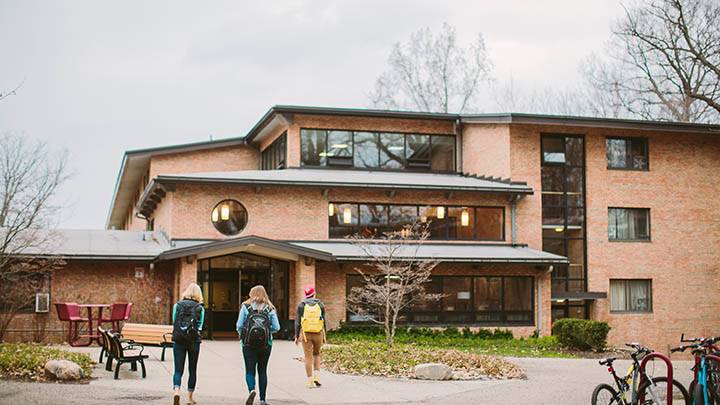
Van Reken Hall (pronounced ‘van-REEK-en’), is named after the van Reken family, whose legacy of support for students whose parents are missionaries has aided hundreds of Calvin students over the years.
Unfortunately, we learned during the development of this project that the LEED sustainability requirements had changed. The new Requirements (LEED v2.2) included a requirement of at least two points in the Energy and Atmosphere Credit to Optimize Energy performance. This meant a minimum Energy Performance improvement of 14%. Given the restrictive nature of the design intending to be similar to the existing dorms, the improvements could only reach an 11% improvement, not achieving the 14% threshold.






